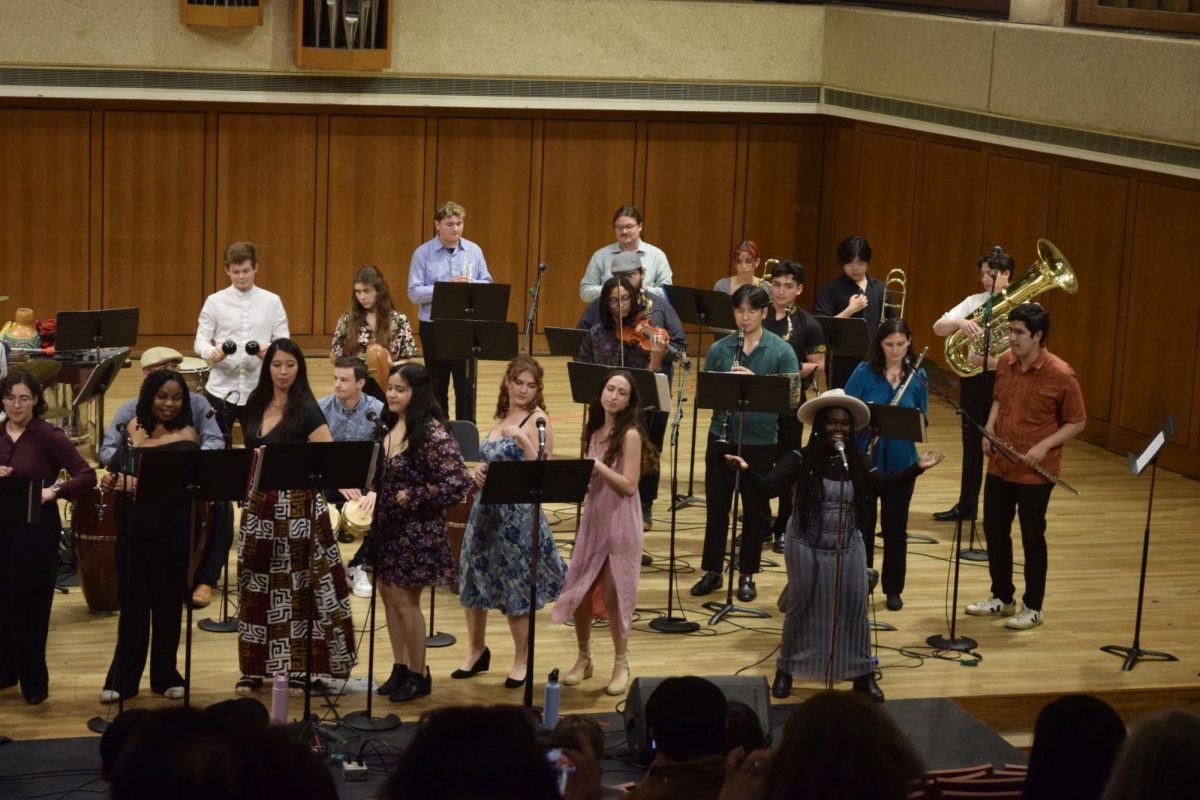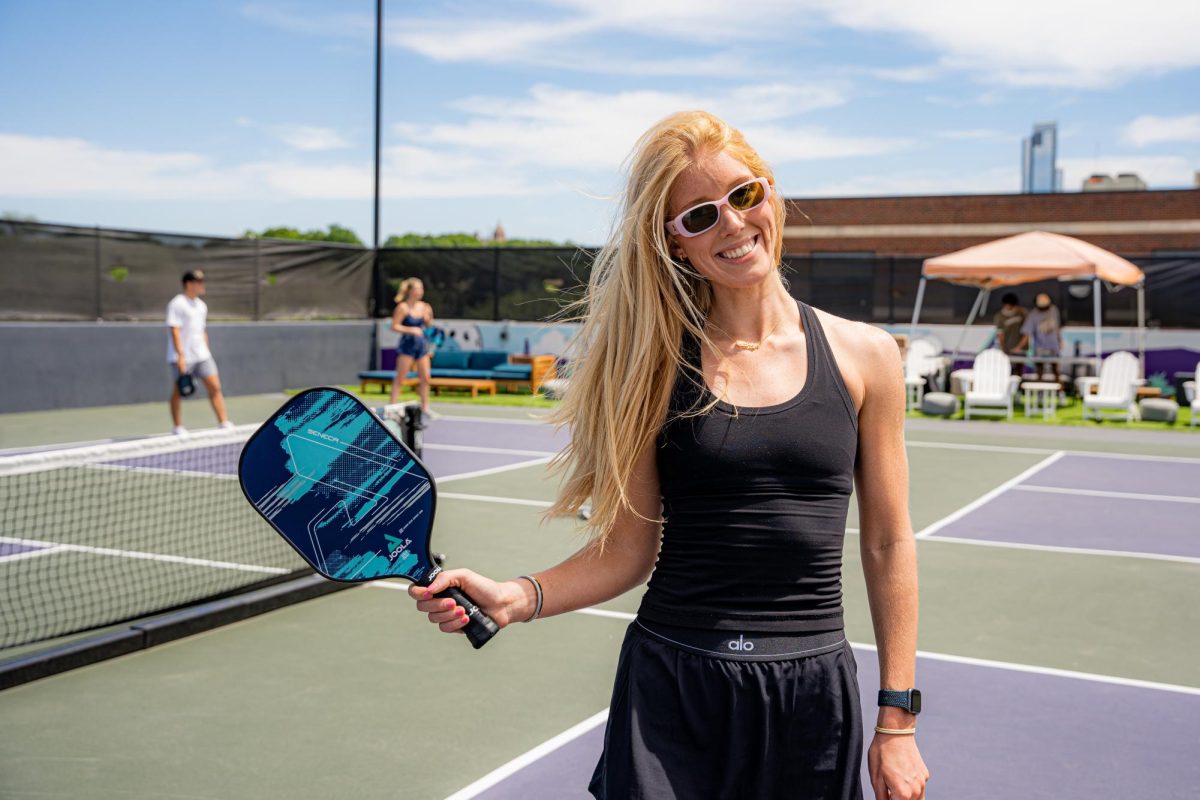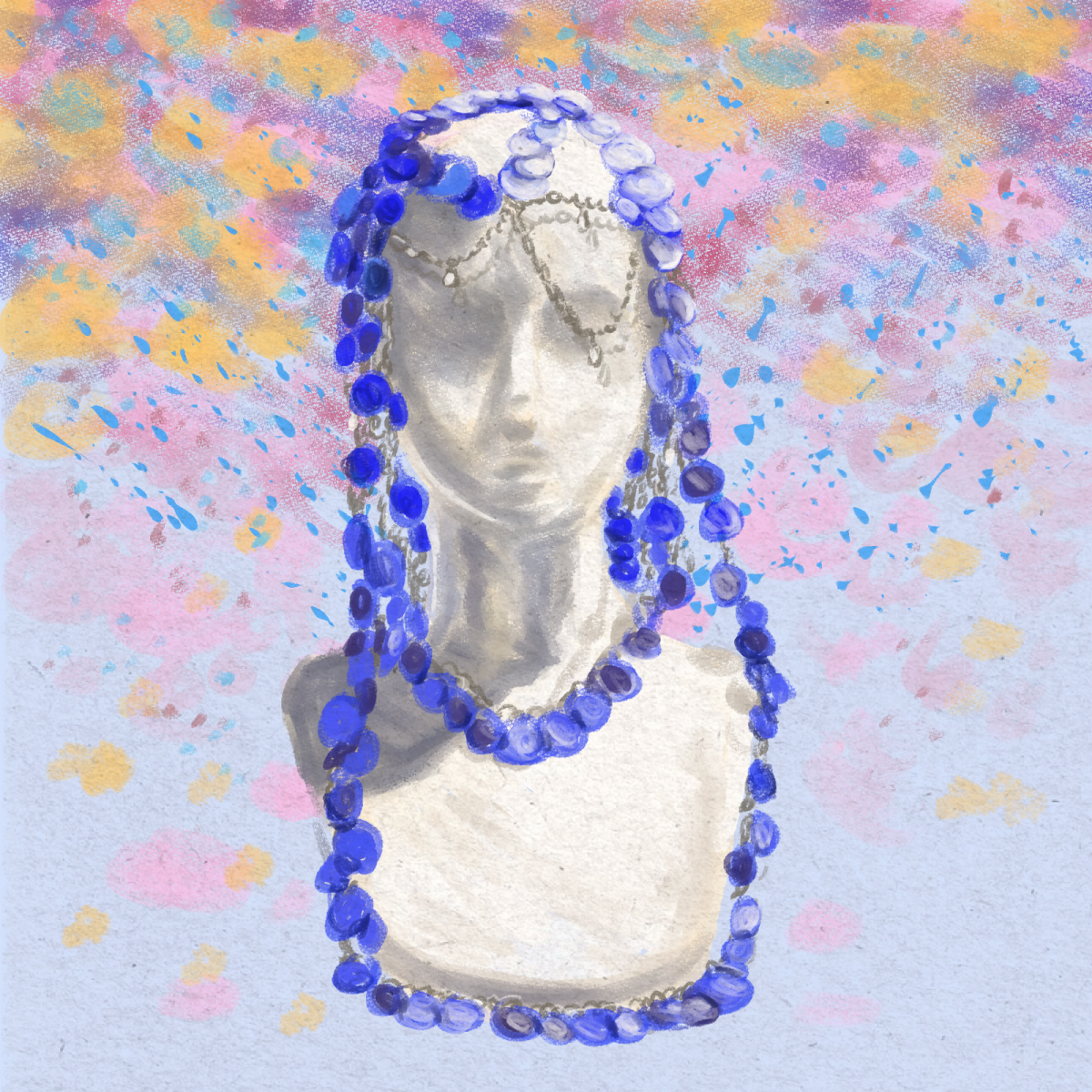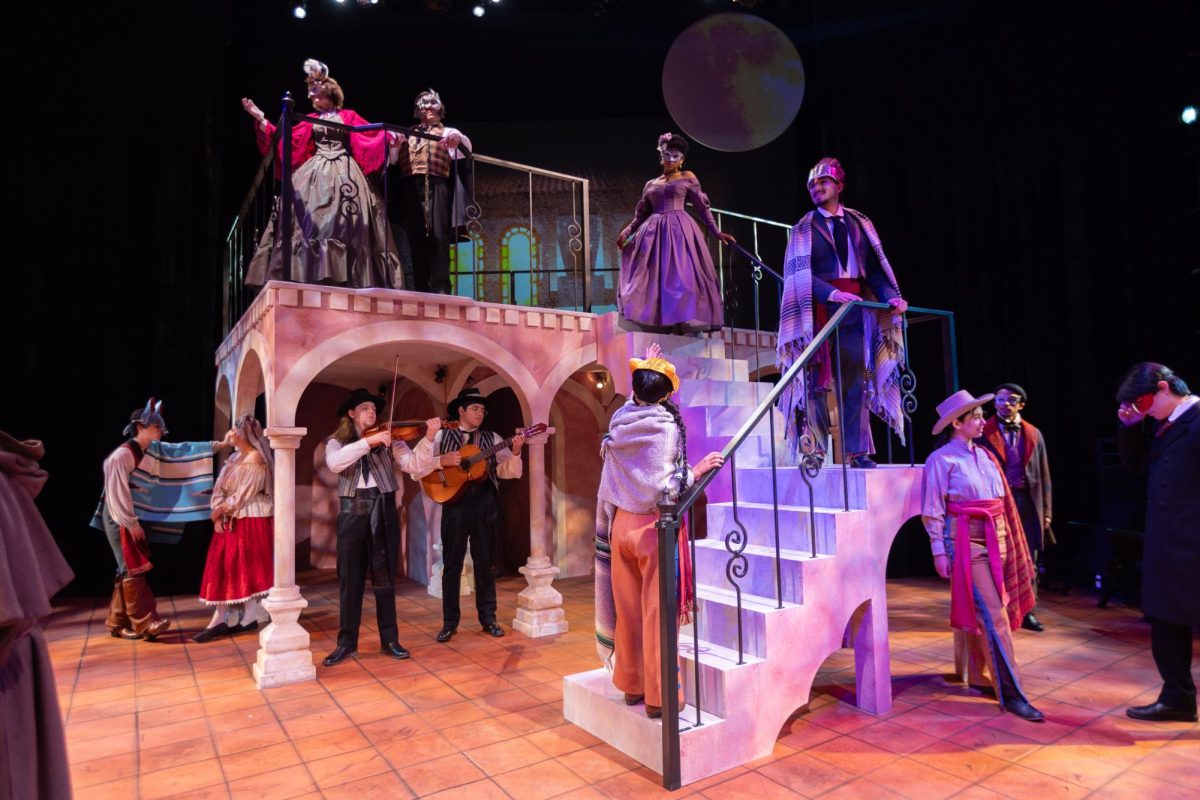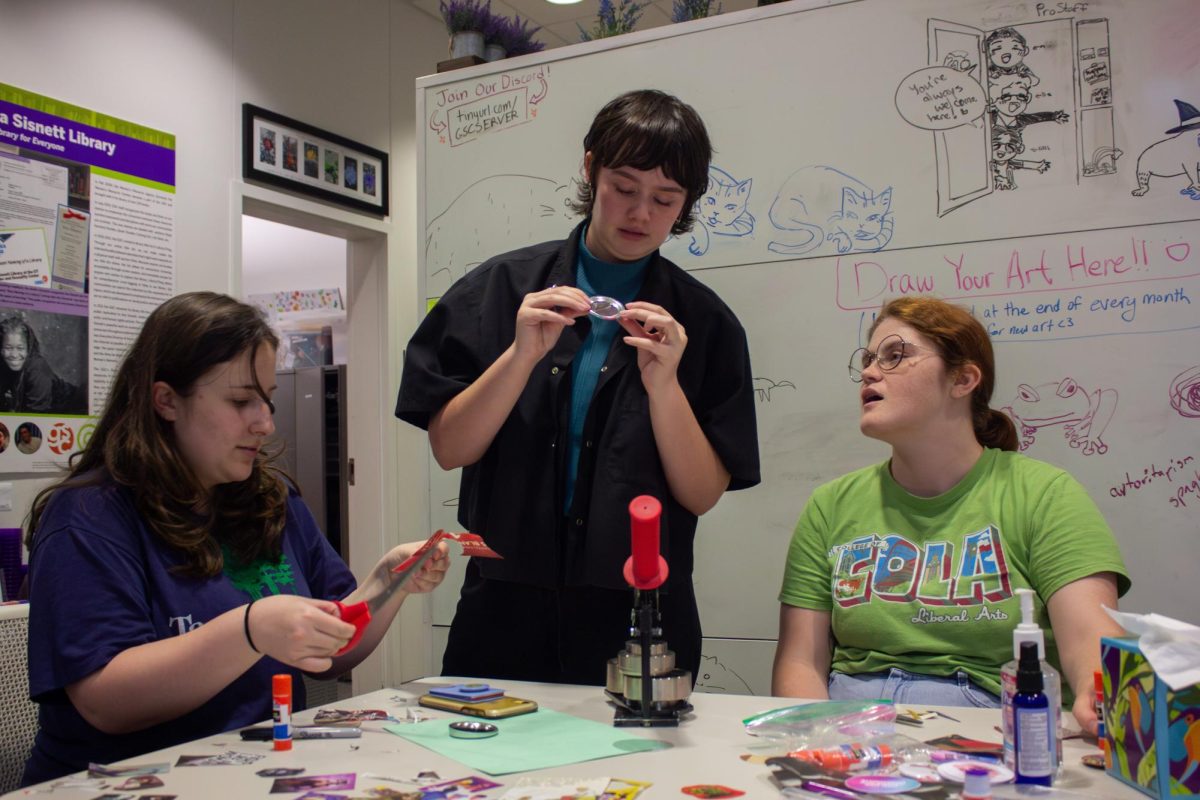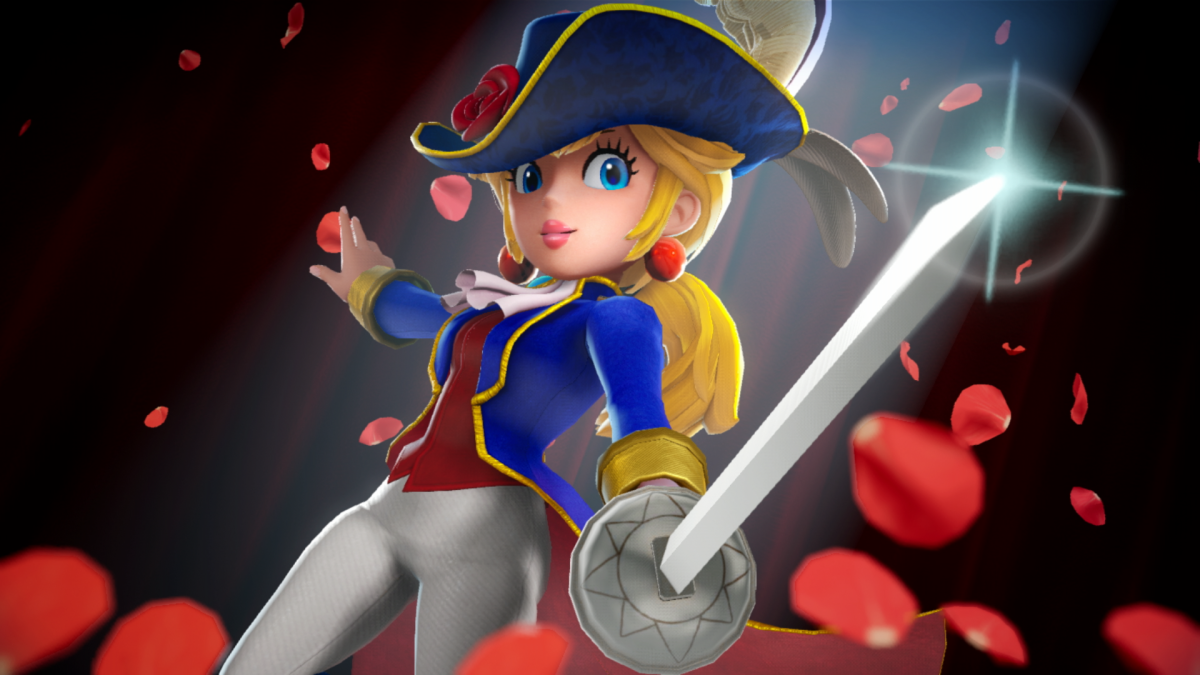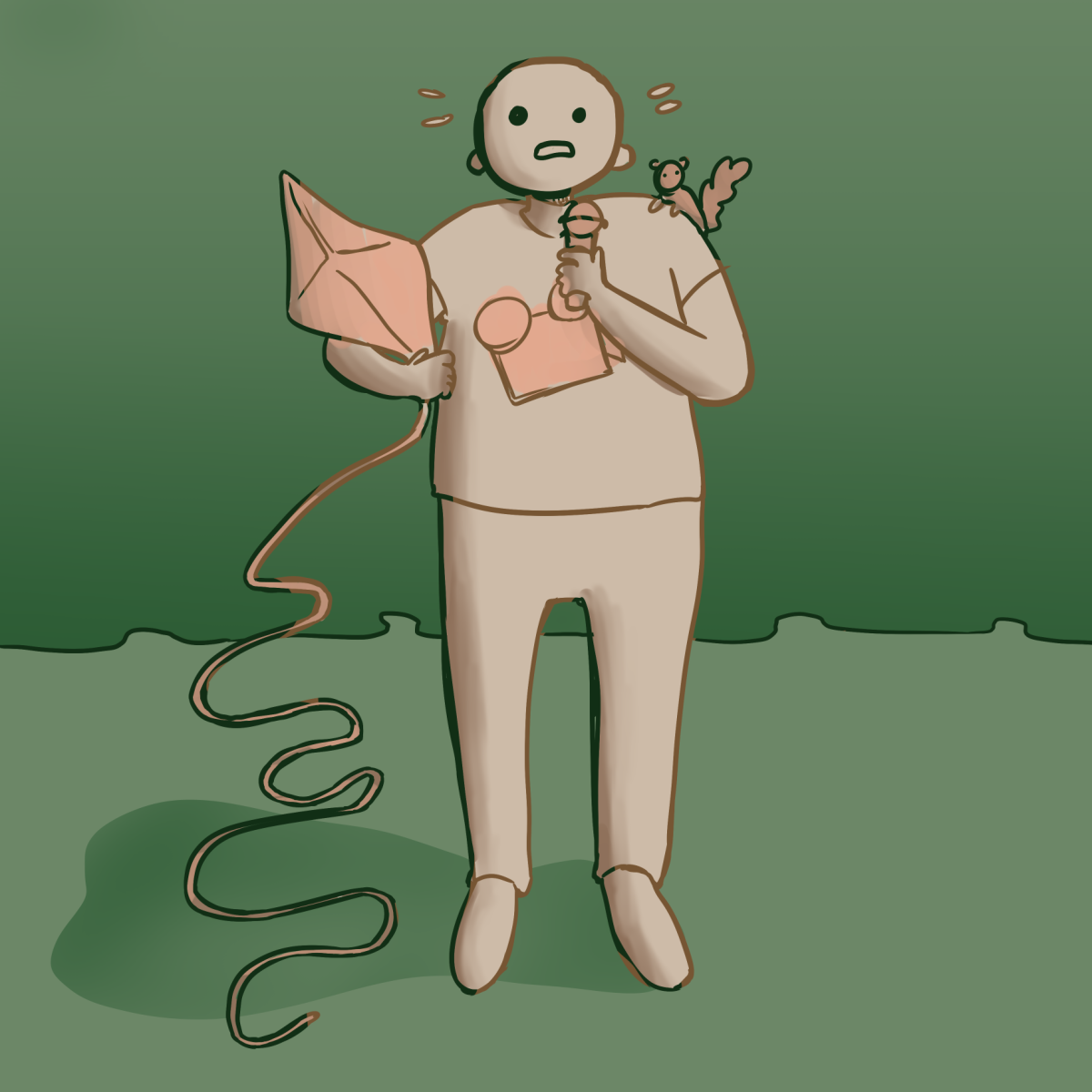All you hear is the whirring of the yo-yo as it’s looped through the air, held aloft only by two wooden sticks, a string that connects them and the patience of Thomas Gu. With a relaxed tension in his wrists, he keeps the yo-yo continuously in motion: over his head, between his legs and around his body while remaining centered.
“In Taiwan, this is a sport. They actually compete in this,” said Gu, a mathematics sophomore and Chinese yo-yo artist. “I practice two to three hours a day. That’s why I have these ridiculous blisters on my fingers.”
Gu found the artistic sport at his Chinese summer school when he was only an eighth grader and hasn’t stopped playing since.
It wasn’t until ninth grade that he began performing, and not until last year that he took it more seriously when he realized it could be more than just a hobby. At the beginning of last year, he went around asking to perform at organizations tabling on the West Mall, culminating in a spot in the Texas Revue and other performance opportunities in the Austin community.
“I decided I had to be real with it if I actually wanted a chance with it,” Gu said as he continued to yo-yo.
Originally, the yo-yo was disc-shaped and made out of bamboo, an inconvenience for modern tricks, and has since evolved into a bowl shape.
These newer yo-yos are made with plastic for added durability, although the sticks are still made of the traditional wood. Chinese yo-yo drastically differs from the Western version, as the yo-yo is kept spinning on a string tied to the end of two sticks, each held in one hand.
“You get used to the motions, to the shuffling [of the yo-yo] between the strings,” Gu said as the yo-yo was tossed from left to right. “Because these [yo-yo’s] can’t just stay idle.”
Instead, the yo-yo must be constantly in motion to keep the tricks fluid, but this can be a challenge since each yo-yo is made differently. Some are designed with more friction and have more grip, while others enable the yo-yo to gain speed and are relatively quiet through the air. The various designs enable Gu to perform different tricks depending on the yo-yo he’s using at the time and lend themselves to completely different performances.
“Performing is nerve-racking,” Gu said. “Sometimes the nerves make you not want to do a hard trick, but I’ve learned to always try it anyway.”
The more difficult tricks come with risk; Gu says that he almost always drops his yo-yo’s in his performances but that is even more of an incentive for him to work at his more challenging tricks. He likes his performances to be controlled but interesting to watch and believes it’s the job of the yo-yo artist to come up with his own tricks.
“A lot of the tricks you come up with are actually already tricks, you just don’t know it yet,” Gu said.
He performs his tricks choreographed to instrumental music, often using Vanessa-Mae, a violinist with techno beats. The upbeat tempo keeps the crowd engaged and helps his choreography flow more naturally. With his hardest tricks saved for last, Gu keeps everyone guessing.
“The whole point is to come up with your own style,” Gu said. “Everyone can do the same tricks, it’s the tricks you choose to perform and the way you perform them that make you unique.”
After learning how to add his own style to yo-yo, he went back to the basics when he began teaching at The Love of China School of Dance last year.
Director Emily Dedear already had a Chinese yo-yo group training at her school when she hired Gu to assist classes, but over the last six months, she has been continually impressed with his patience and his ability to teach students to make tricks their own.
“It makes us very proud of ourselves. For us, it’s part of our culture,” Dedear said. “We want to keep it alive.”
Dedear mentioned the use of yo-yo in street performances as an important element to Chinese entertainment. Gu made similar comments but also sees Chinese yo-yo as an avenue into Chinese culture for younger children. He began teaching classes to show children the importance of Chinese heritage, and as an aspiring math teacher, puts emphasis on the formulas and basics behind the techniques.
“I want my students to understand the greater concepts. You can fix your mess-ups if you know what you’re doing wrong, but if you can’t apply it, you’re not really learning anything,” Gu said.
For Gu, the teaching came naturally since he has spent most of his five-year yo-yo career watching professional performances and YouTube videos to teach himself. But even after years of practice, he’s still learning more tricks to add to his arsenal, never easing up and always seeking to impress his audience.
“When you do the tricks you go, ‘Wow, I can’t believe I can do this,’” Gu said.
“It just started out as a hobby; I never expected to become a performer.”




